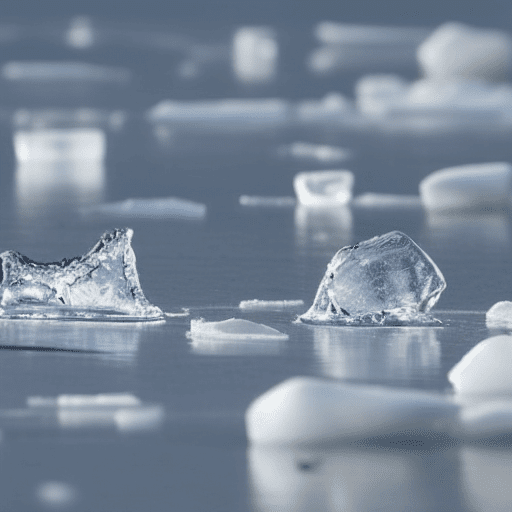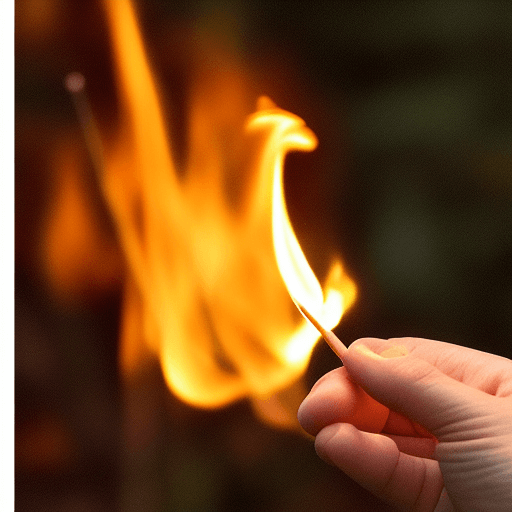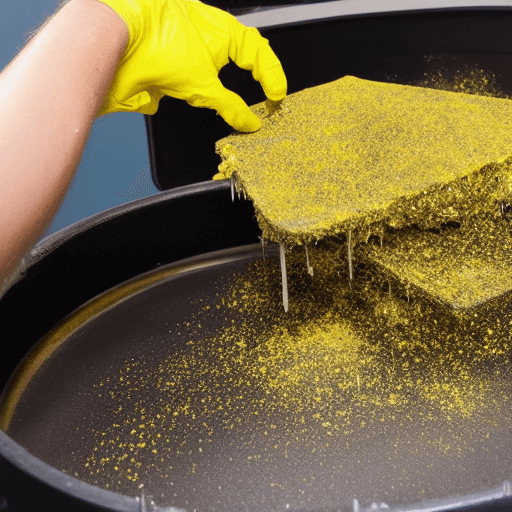What Are Physical and Chemical Changes And Examples Of Each
Do you know the difference between a chemical change and a physical change?
Chemical and physical changes are two of the most important concepts in chemistry.
Today we’re going to discuss what defines physical and chemical changes and examples of each one.
Stay tuned, because by the end you will be a master of chemical and physical changes!

A physical change is a change in the form of a substance with no change in its chemical composition while a chemical change is a change in the chemical composition of a substance.
Explain It To A Child
A physical change is when something changes but doesn’t create a new substance. An example of this would be when the ice melts and becomes water.
A chemical change is when something changes and creates one or more new substances. An example of this would be mixing vinegar and baking soda which produces carbon dioxide gas.
A good example of physical changes is when water freezes to ice, the chemical composition of water does not change, but the form does.
A good example of chemical change is when sugar is burned it changes into carbon dioxide and water vapor.
In this reaction, the sugar molecule has been completely converted into new substances with different properties.
What are physical and chemical changes and examples of each?
A physical change is a change that does not result in a new substance. A chemical change is a change that produces one or more new substances.
Definitions of Chemical and Physical Changes.
Physical Change (Chemistry) – a usually reversible change in the physical properties of a substance, as size or shape.
Chemical Change (Chemistry) – a usually irreversible chemical reaction involving the rearrangement of the atoms of one or more substances and a change in their chemical properties or composition, resulting in the formation of at least one new substance.
Source: www.dictionary.com
Although both physical and chemical changes have reactive changes, in chemistry, they are defined as different types of changes.
A good rule of thumb on Chemical vs Physical Changes:
- Physical changes are usually reversible, meaning that the original substance can be recovered.
- Chemical changes are usually not reversible because the products formed are different from the reactants.
How to tell if a change is physical or chemical
What Are Physical and Chemical Changes And Examples Of Each? A physical change is a change that alters the form or appearance of a substance without changing its chemical composition.

For instance, when water is heated, it changes from a liquid to a gas; when it cools, it changes back to a liquid.
Other examples of physical changes include cutting, grinding, and melting.
By contrast, a chemical change is a change that alters the chemical composition of a substance. This kind of change is usually irreversible; once a chemical reaction has taken place, the original substances can no longer be recovered.
Examples of chemical changes include burning, cooking, and rusting.
In order to determine whether a change is physical or chemical, it is often helpful to consider the properties of the substances before and after the change.
If these properties are the same, then the change is likely to be physical; if they are different, then the change is likely to be chemical.
What’s the difference between physical and chemical properties?
Physical vs Chemical Changes
Every substance has unique properties that allow us to identify it and distinguish it from other substances.

These properties can be divided into two broad categories: physical properties and chemical properties.
- Physical properties, such as density and melting point, are determined by the structure of the atoms or molecules in a substance.
- Chemical properties, on the other hand, are determined by the way those atoms or molecules interact with one another.
- For example, the ability of an acid to dissolve metal is a chemical property.
- Similarly, the fact that water freezes at 32 degrees Fahrenheit is a physical property.
Understanding the difference between these two types of properties is essential for anyone who wants to study chemistry.
The difference between physical and chemical changes

Physical changes are usually reversible changes where the physical characteristics of a substance are changed, but the chemical composition remains the same. For example, if you cut a piece of wood, the shape is changed but it is still wood.
With chemical changes, however, the chemical composition of a substance is changed. This means that the characteristics of the substance are also changed. For example, when you light a match, the matchstick chemically changes into heat and light – it is no longer a matchstick.
Physical changes tend to be relatively simple and quick, while chemical changes are usually more complex and take longer to occur.
The importance of understanding physical and chemical changes
Understanding these two types of changes is important because they can help us to better understand the world around us.

For instance, if we want to purify water, we need to know that boiling is a physical change that will remove impurities without changing the water molecules themselves.
Similarly, if we want to prevent rusting on metal objects, we need to know that rusting is a chemical change that cannot be reversed.
By understanding physical and chemical changes, we can better understand how matter behaves and how to manipulate it for our needs.
Article Sources
Jacks of Science sources the most authoritative, trustworthy, and highly recognized institutions for our article research. Learn more about our Editorial Teams process and diligence in verifying the accuracy of every article we publish.
